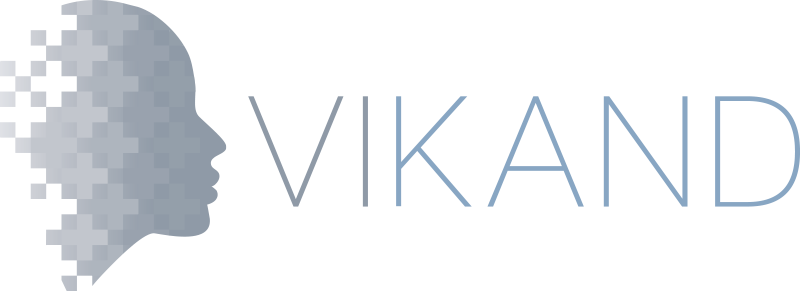
Achieve a Successful & Sustainable Public Health Culture
Achieve a Successful & Sustainable Public Health Culture
VIKAND's customized approach to public health goes beyond short term solutions, such as occasional onboard training and inspections, by targeting the evolution of your organization’s Safety Management System.
Through the creation of client-tailored public health procedures and plans, comprehensive training courses, and innovative technology, VIKAND is ready to support your organization in establishing first-class hygiene and sanitation standards onboard.
Communicable Disease Prevention & Control
An infectious disease is any disease caused by the direct effect of a pathogen – a bacteria, a virus, fungi, or a parasite. Some infectious diseases are also known as communicable diseases, which means they are capable of being spread from person to person through either direct or indirect modes of transmission.
For example, Norovirus and Salmonella are predominantly caused by consuming contaminated food or water, although they are not shy in using “vehicles” such as frequently touched surfaces to cause infection in others. COVID-19 and Influenza, on the other hand, are generally transmitted through close contact with someone carrying the virus, but have the capacity of being spread via airborne routes as well.
Comprehensive prevention and control strategies are therefore fundamental in breaking down the chains of infection and ensuring a safe and healthy environment onboard. Remember, “Prevention is better than cure”, which is why this philosophy is central to our principal values as a company.

Communicable Disease Prevention & Control
An infectious disease is any disease caused by the direct effect of a pathogen – a bacteria, a virus, fungi, or a parasite. Some infectious diseases are also known as communicable diseases, which means they are capable of being spread from person to person through either direct or indirect modes of transmission.
For example, Norovirus and Salmonella are predominantly caused by consuming contaminated food or water, although they are not shy in using “vehicles” such as frequently touched surfaces to cause infection in others. COVID-19 and Influenza, on the other hand, are generally transmitted through close contact with someone carrying the virus, but have the capacity of being spread via airborne routes as well.
Comprehensive prevention and control strategies are therefore fundamental in breaking down the chains of infection and ensuring a safe and healthy environment onboard. Remember, “Prevention is better than cure”, which is why this philosophy is central to our principal values as a company.

Food Safety & Hygiene
The World Health Organization estimates that 1 in 10 people worldwide fall ill from consuming contaminated food each year. Foodborne diseases, also known as food poisoning or foodborne illness, can have widespread consequences, especially in a semi-closed environment like a ship.
Foodborne outbreaks not only affect the health of your passengers and crew, but they also damage your company’s reputation, leading to potential losses in revenue and downward trends in critical KPIs, such as guest satisfaction.
Our ship-centric approach is created to foster a collective responsibility towards public health. Through assessment, continued policy development, training, and quality assurance, VIKAND’s food safety and hygiene program is designed to ensure your onboard teams know what to do, when to do it, and importantly, understand the “why” behind their actions, so we can work together to achieve our shared goals.
Food Safety & Hygiene
The World Health Organization estimates that 1 in 10 people worldwide fall ill from consuming contaminated food each year. Foodborne diseases, also known as food poisoning or foodborne illness, can have widespread consequences, especially in a semi-closed environment like a ship.
Foodborne outbreaks not only affect the health of your passengers and crew, but they also damage your company’s reputation, leading to potential losses in revenue and downward trends in critical KPIs, such as guest satisfaction.
Our ship-centric approach is created to foster a collective responsibility towards public health. Through assessment, continued policy development, training, and quality assurance, VIKAND’s food safety and hygiene program is designed to ensure your onboard teams know what to do, when to do it, and importantly, understand the “why” behind their actions, so we can work together to achieve our shared goals.
Potable Water & Recreational Water Safety
Potable water is required for drinking, galleys, laundries, washing and cleaning purposes, various heating and cooling systems, fire-fighting sprinkler systems, and for recreational purposes, such as swimming pools and hot tubs. Absent, inadequate, or inappropriately managed water and sanitation services expose individuals to preventable health risks.
A systematic risk assessment-based approach to water safety management, like the Hazard Analysis Critical Control Point (HACCP) systems used in food operations, is at the core of our guiding principles. From bunkering to production, storage to distribution, having clear and concise procedures that are augmented with training and regular validation, will establish the standards required to protect onboard populations from avoidable diseases.


Quality Assurance & Training
Help keep guests, crew and communities healthier while protecting your business, with VIKAND’s Public Health Quality Assurance and Training program.
Potable Water & Recreational Water Safety
Potable water is required for drinking, galleys, laundries, washing and cleaning purposes, various heating and cooling systems, fire-fighting sprinkler systems, and for recreational purposes, such as swimming pools and hot tubs. Absent, inadequate, or inappropriately managed water and sanitation services expose individuals to preventable health risks.
A systematic risk assessment-based approach to water safety management, like the Hazard Analysis Critical Control Point (HACCP) systems used in food operations, is at the core of our guiding principles. From bunkering to production, storage to distribution, having clear and concise procedures that are augmented with training and regular validation, will establish the standards required to protect onboard populations from avoidable diseases.

What is Included in VIKAND’s End-to-End Public Health Service
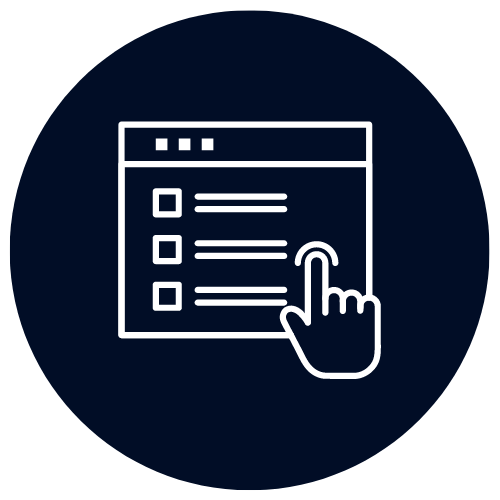
1. Development and/or review of organization specific public health procedures and plans.
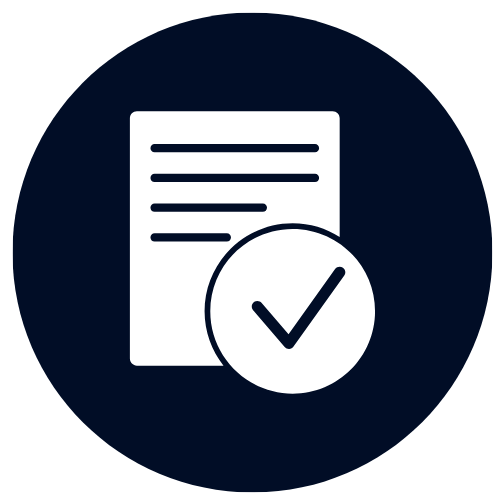
2. Evaluation of new products, services and/or equipment.

3. Assistance with developing corrective and preventative action plans following internal or external public health inspections.

4. Quality assurance visits to verify compliance.

5. Development of public health training courses, including delivery solutions.

6. Outbreak investigation including support with implementation and supervision of ship-wide response measures.
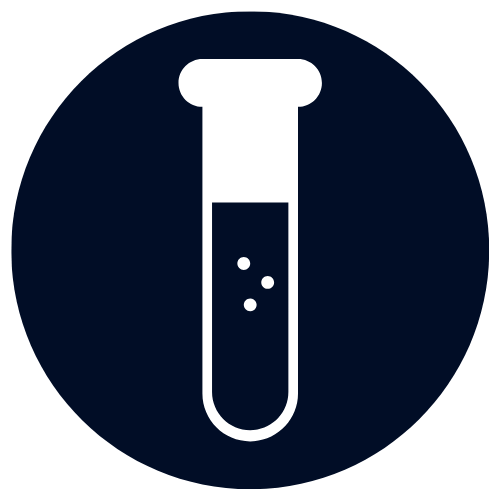
7. Arrangements for third-party environmental sampling.

8. Shoreside facility inspections (e.g., inspections of restaurants and bars used during company-organized shore excursions)
What is Included in VIKAND’s End-to-End Public Health Service

1. Development and/or review of organization specific public health procedures and plans.
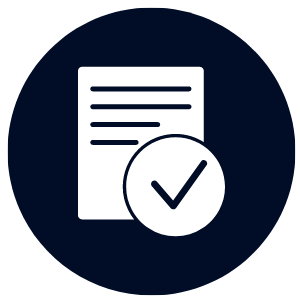
2. Evaluation of new products, services and/or equipment.

3. Assistance with developing corrective and preventative action plans following internal or external public health inspections.

4. Quality assurance visits to verify compliance.

5. Development of public health training courses, including delivery solutions.
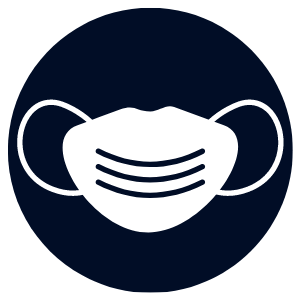
6. Outbreak investigation including support with implementation and supervision of ship-wide response measures.
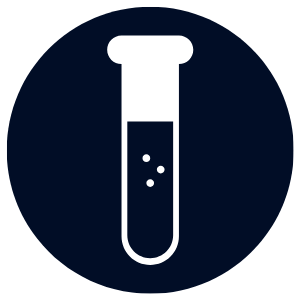
7. Arrangements for third-party environmental sampling.

8. Shoreside facility inspections (e.g., inspections of restaurants and bars used during company-organized shore excursions)
Contact Us
For more information about our public health services, please fill out the form below.
